
OCTG Pipe Price Stability and North American Market Trends
The average OCTG pipe price on North America FOB terms held at $2,191 per ton in September. Oil sector pressures weigh on demand, especially after WTI crude fell 2.2% to $62.50 per barrel. Yet, rig counts rose by 13 units to 549 in the U.S., halting months of declines. This change suggests possible renewed upstream activity, which may support future OCTG demand.
Meanwhile, energy firms plan to invest $50 billion over five years in U.S. pipeline and LNG expansion infrastructure. Analysts at Wood Mackenzie report projects totaling over 14,000 km already underway. These investments could underpin OCTG demand growth if energy markets rebound.
Turkish Welded Pipe Prices Slide on EU Demand
Turkish welded pipe prices dropped by $18 per ton, falling to $575/t FOB Turkey amid weak EU demand and quota exhaustion. The decline tracks broadly with hot‑rolled coil (HRC) Turkish FOB prices, which fell by $7 to $537/t in September. Such correlation underscores how raw steel input costs ripple through the pipe sector.
Beyond export weakness, Turkey’s new Domestic Input Requirement (DIR) adds cost pressure. As of October 1, pipe exporters must source at least 25% of raw materials domestically. That drives up input costs when imported HRC previously offered better economics. These changes squeeze margins for Turkish pipe makers.
Also, Interpipe is broadening its footprint in mining‑related pipeline products. The firm completed a test order of European‑standard linear pipes for a French drilling tool maker. Earlier, it delivered underwater pipes for the SASB gas field in the Black Sea, further diversifying its pipeline portfolio.
SuperMetalPrice Commentary:
The standstill in North American OCTG pricing reflects market caution in the face of soft oil prices. However, revived rig activity and large infrastructure plans may soon shift sentiment upward. In Turkey, welded pipe makers face dual headwinds: weak EU demand and tougher domestic sourcing rules. Given the close ties between steel raw material costs and pipe pricing, further pressure seems likely unless demand strengthens. Global players should monitor input cost spreads and infrastructure policy trends for early signals of divergence in regional pipe markets.



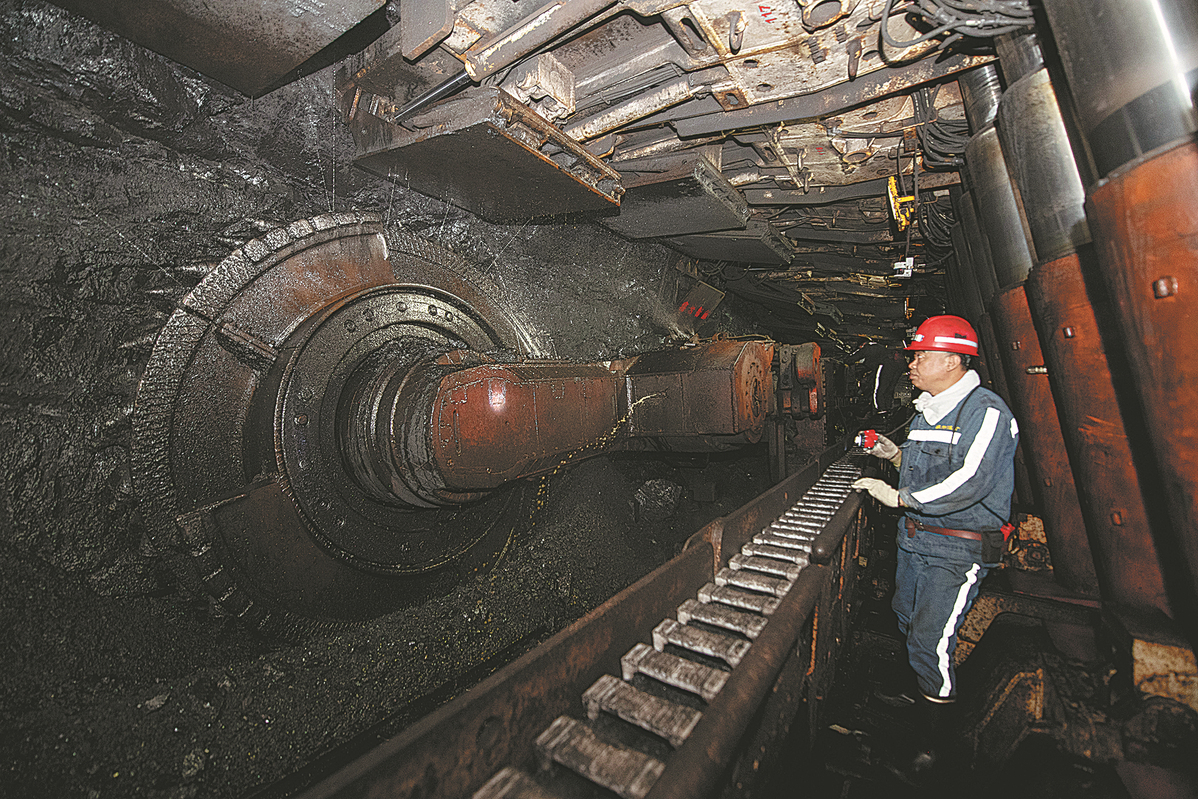



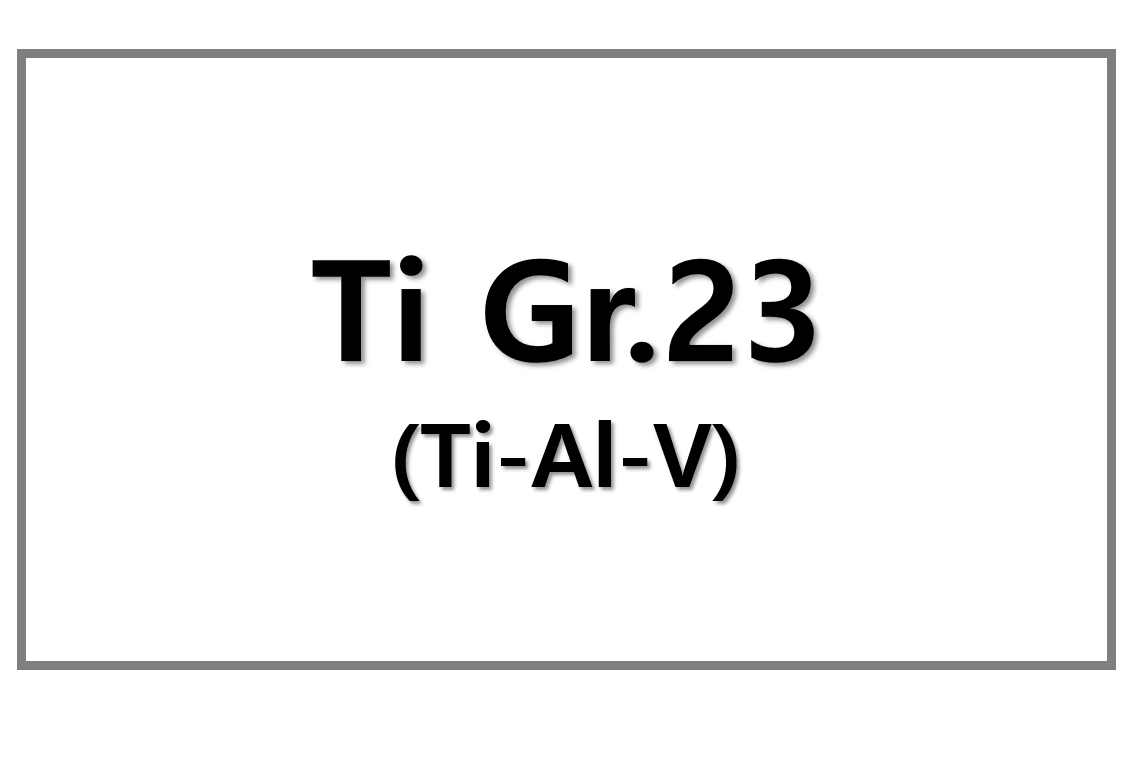
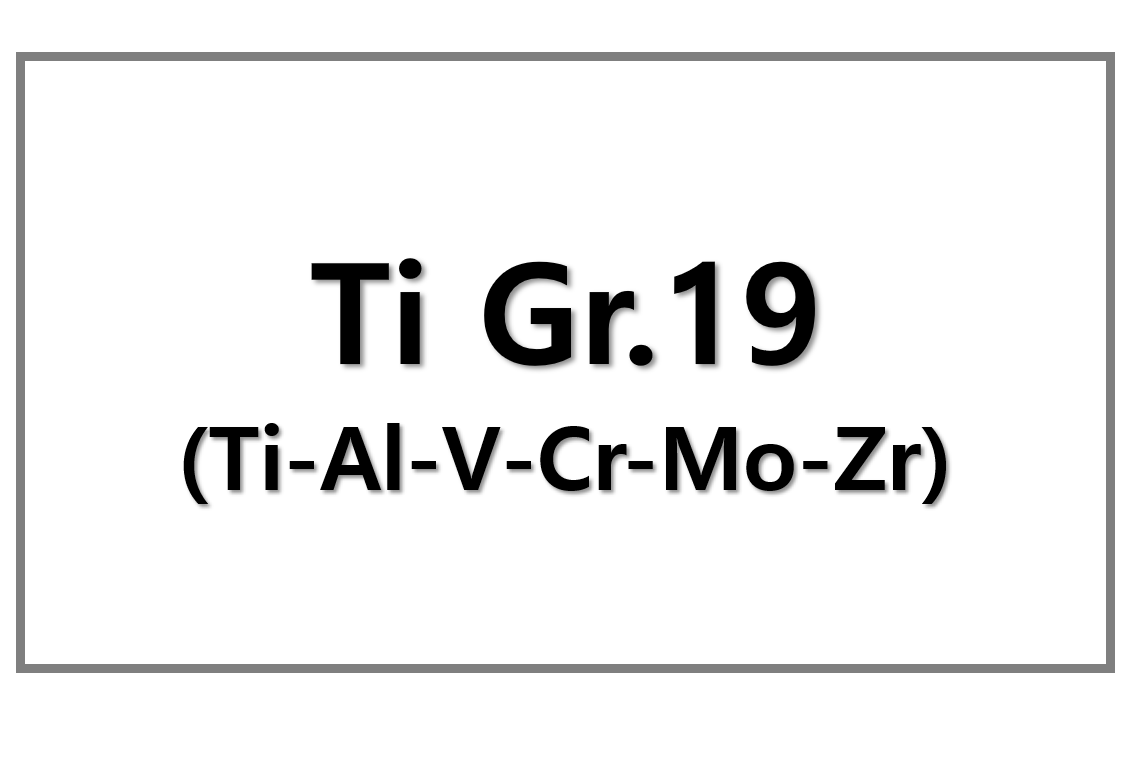
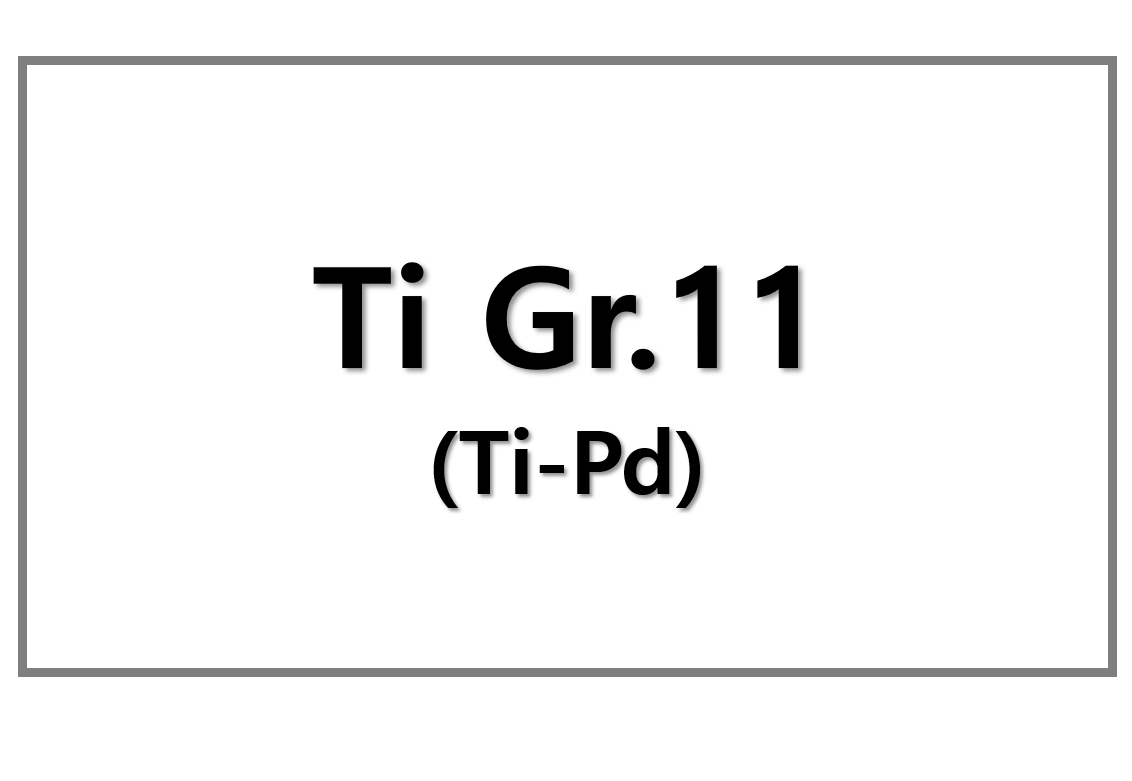
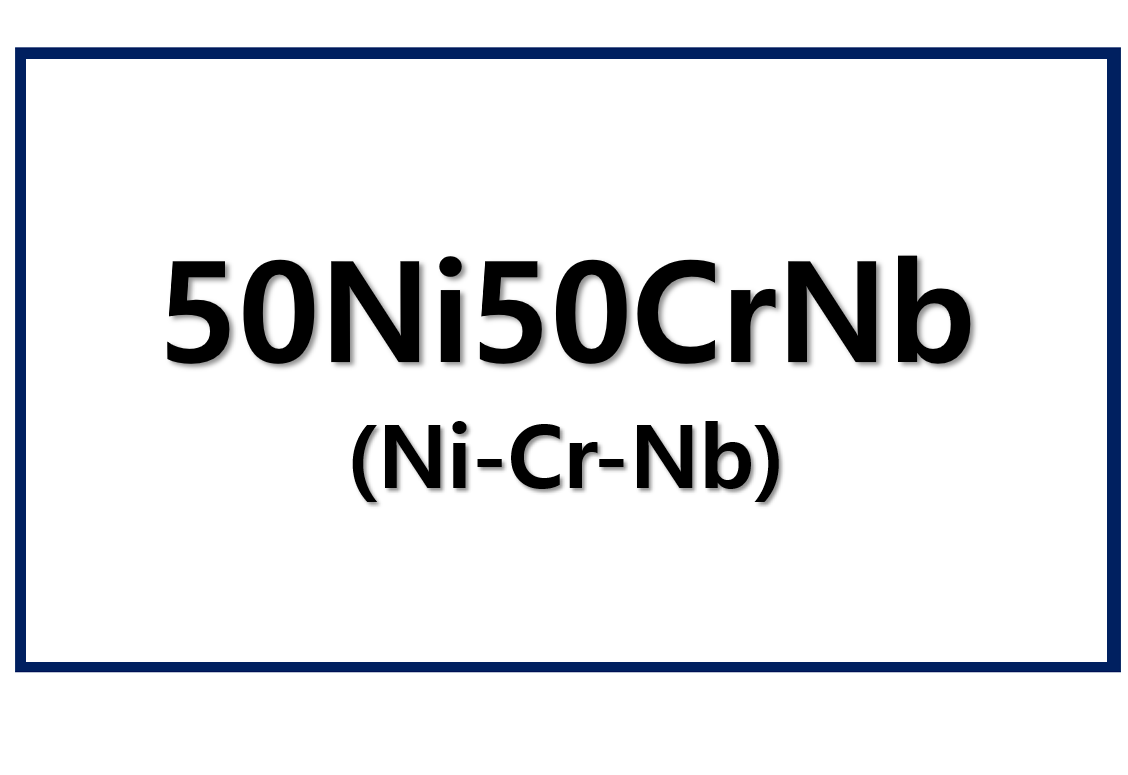
Leave a Reply
You must be logged in to post a comment.